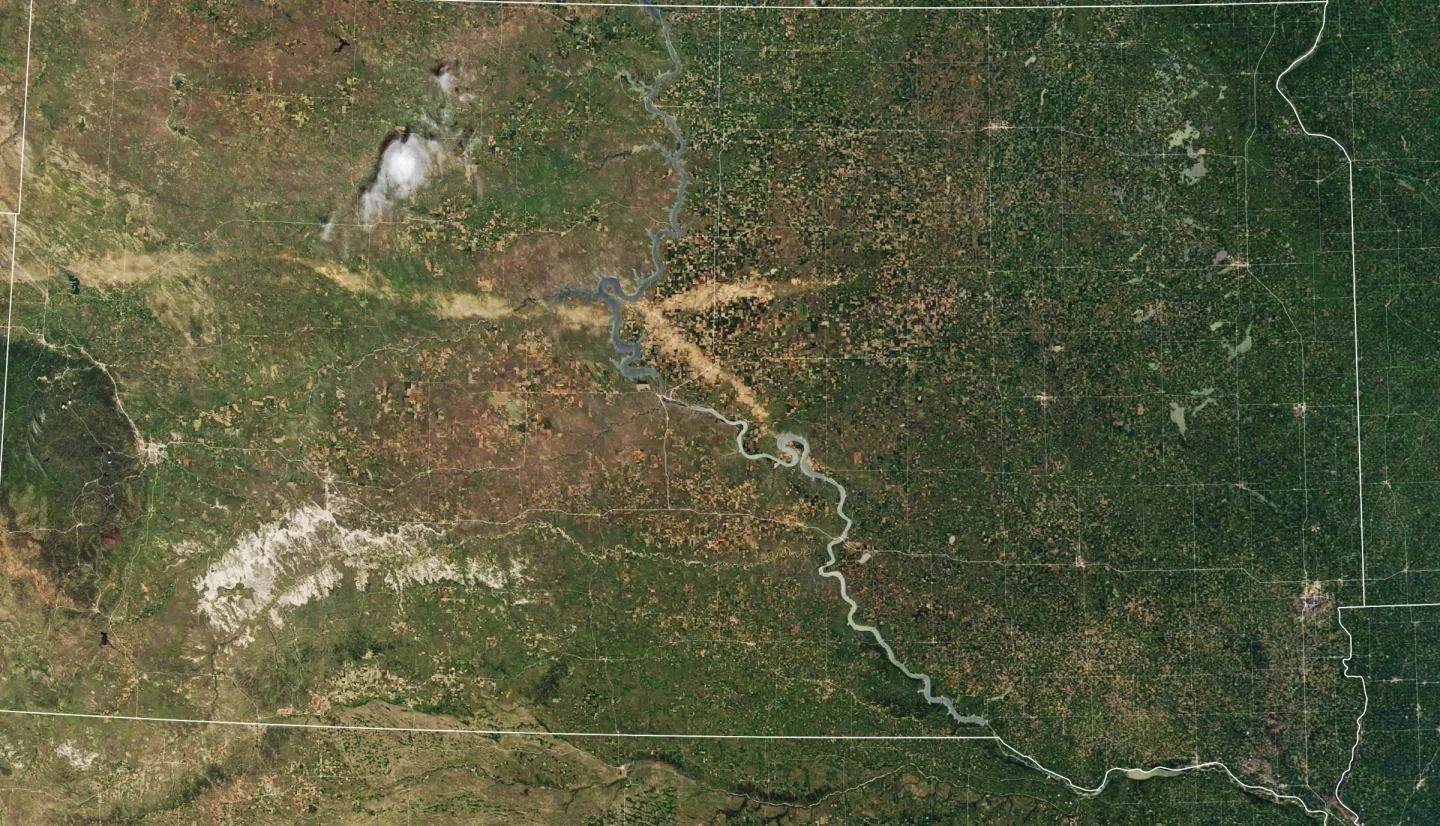The costliest severe storm hazard in the insurance industry is hail. When a storm strikes costs can be more than $1 billion in damage to homes, businesses, agriculture and infrastructure. In a project funded by NASA's Disasters program area, scientists are collaborating with Willis Towers Watson, a company that provides global advisory and brokering services. Their interest is helping their clients understand risk and provide financial resilience against extreme loss-making events. The company’s reinsurance broker, Willis Re, works with academic partners to develop new industry tools based on the latest insights and methods.
"This is a first-of-its-kind project and we’re beginning to show how useful this satellite data can be to the reinsurance industry, forecasters, researchers, and many other stakeholders,” said Kristopher Bedka, principal investigator at NASA's Langley Research Center in Hampton, Virginia.
The project's goal is providing long term regional- to global-scale maps of severe storm occurrence, catastrophe models, and new methods to improve short-term forecasting of hail storms.
More about the Disasters program area and Bedka's project can be found at the NASA.gov story "NASA Takes an Insured Look at Hail Storm Risk."




